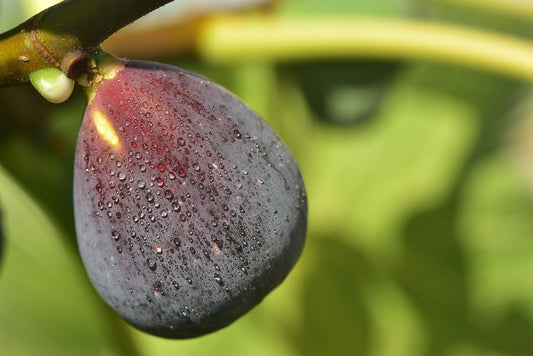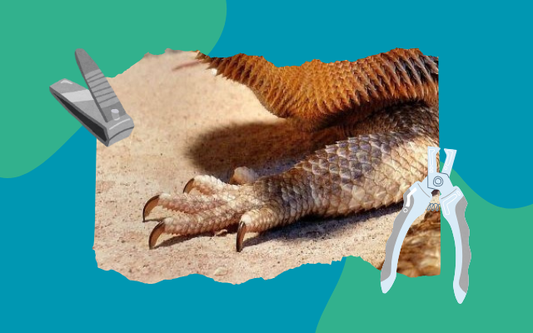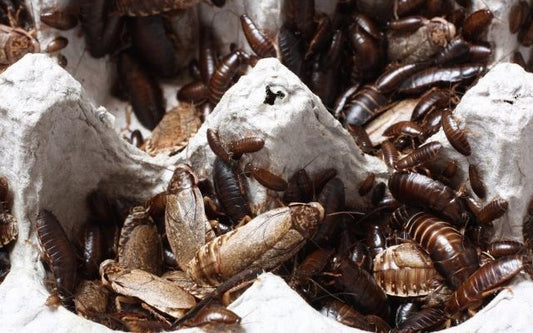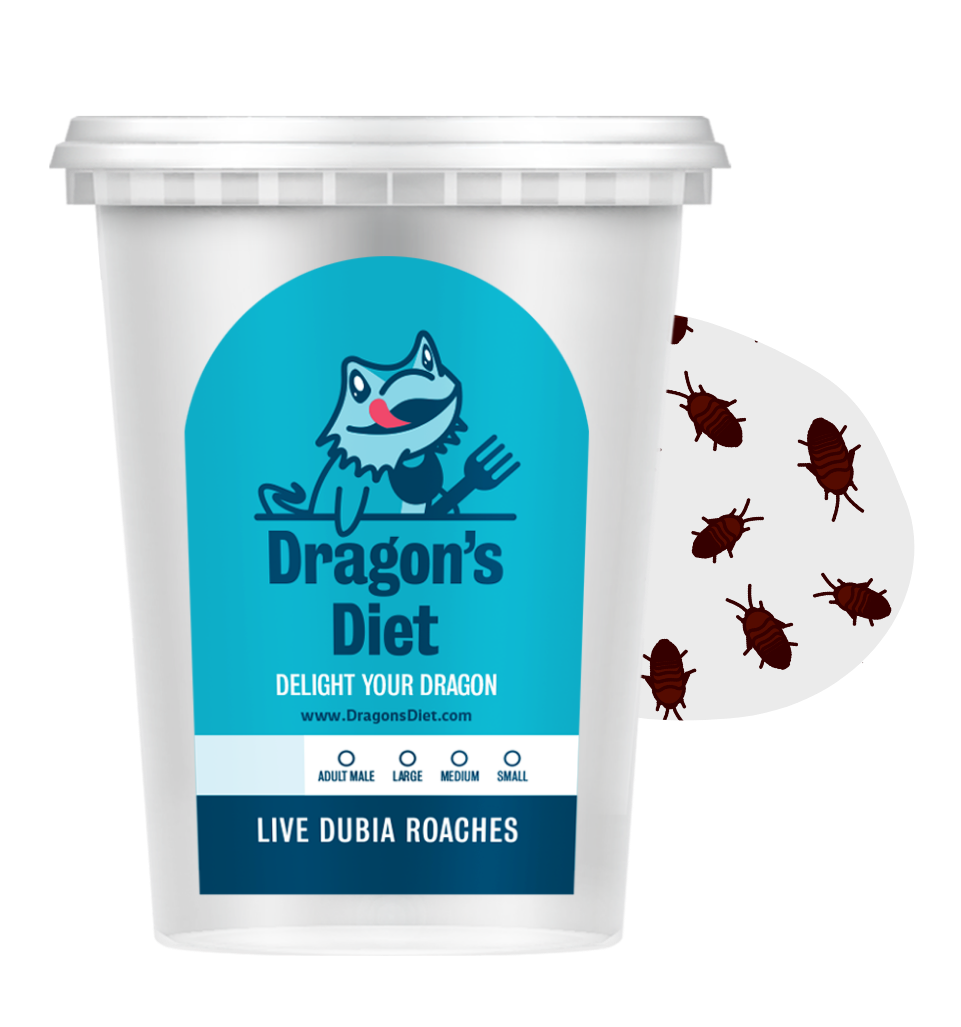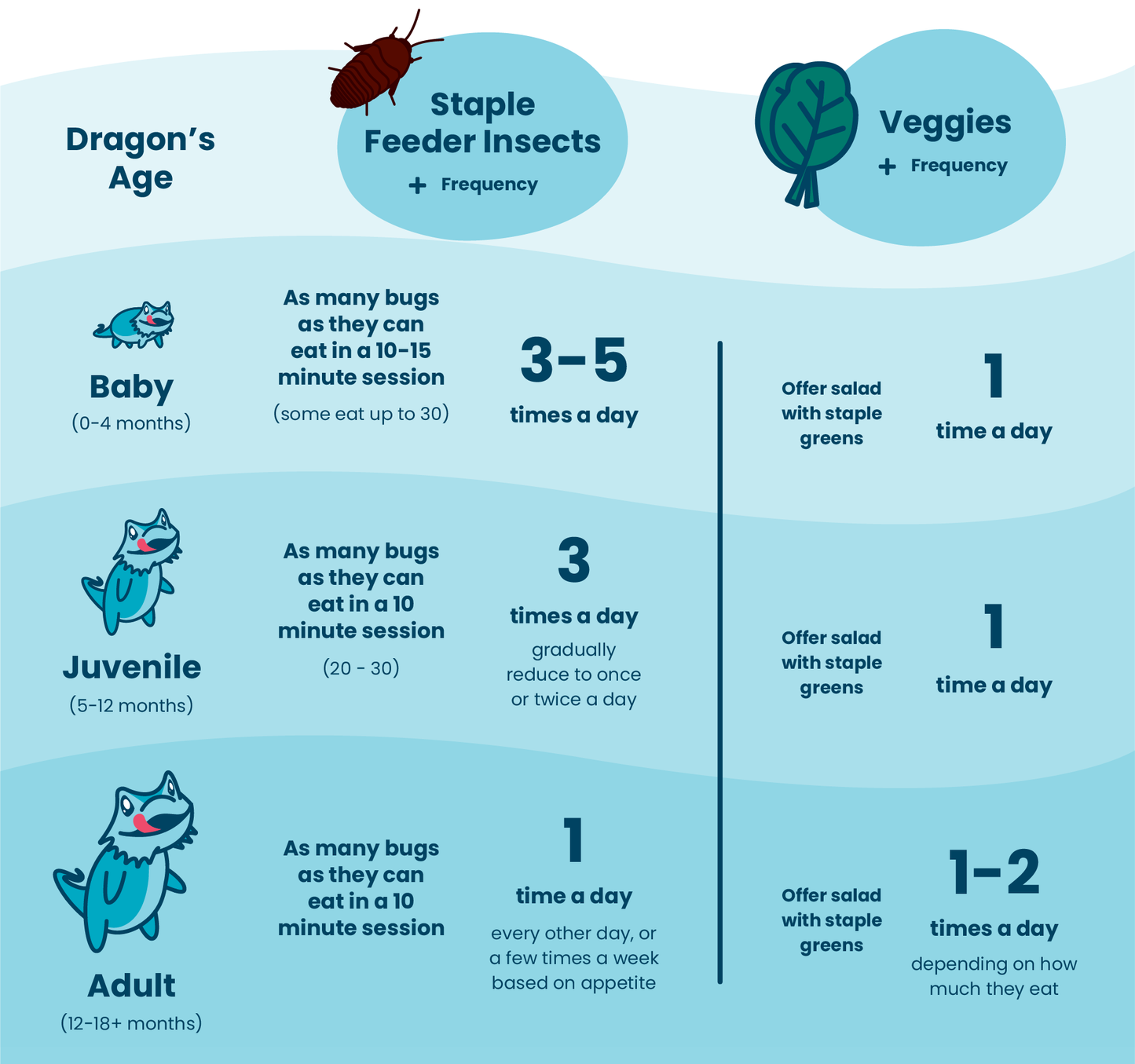It can be a little alarming, and fascinating, when the scaly skin beneath your bearded dragon’s chin turns black and puffs out. (Hence the name, “bearded” dragon!) You may even notice other areas on your dragon’s body turning black.
When this happens, they are sending a message. Usually they are trying to tell you they are stressed or sick. Or, they might be ready to mate. Whatever the reason, a black beard is generally a sign you don’t want to ignore.

“Hey human, I don’t always puff out my beard. But when I do, you better pay attention.”
Why Is My Bearded Dragon’s Beard Black?
While a black beard isn't always cause for alarm, there are quite a few triggers that can cause your dragon's beard to turn black and puff out. It's important to understand the possible causes and know when to call a vet.
Lonely… or they want to be left alone
Have you been handling your dragon a lot lately? Or maybe you haven’t been picking her up and interacting with her as much as usual? Dragons may turn black when they miss you and want to be held and cuddled.
On the other hand, they also may turn black when they’ve been handled a little too much and need a break. If your dragon is turning black while someone is holding her, she’s trying to tell you to put her back in the terrarium.
Anger, stress or anxiety
A bearded dragon may turn black to let you know he is upset. Many factors can contribute to a bearded dragon’s stress—shedding; a new terrarium; frightening decor; or noise such as loud traffic, music, or a blaring TV.
Depending on the trigger and their individual personality, bearded dragons may be slightly stressed or severely stressed. You’ll likely be able to tell how stressed they are by how black their beard is and whether it is fully or partly expanded.
Sometimes, when a dragon is temporarily scared or irritated, you just need to leave them alone or remove the source of stress (say, a barking dog) and they will calm down momentarily.
In addition to a black beard, signs of stress include:
- Diarrhea
- Not going to the bathroom
- Not eating
- Mouth hanging open
- Acting tired
- Hissing
- Stress marks
- Acting frenzied and glass surfing
- Not basking
Fear or feeling threatened
In the wild, dragons’ beards expand and turn black as a defense mechanism. If your dragon is feeling threatened or scared, he may have a black beard. A dragon who is still getting used to her environment may feel scared for a while.
On that note, if you have multiple bearded dragons, house them in separate terrariums. Bearded dragons are extremely territorial. The dragon who is more dominant will often kill or seriously injure the one that is less dominant. When multiple dragons are housed in one terrarium, they will likely exhibit a lot of beard puffing, head bobbing, hissing, and other aggressive behavior.
Illness
Your dragon’s beard may be black if he is sick. This could mean metabolic bone disease, mouth rot, tail rot, impaction, respiratory distress, malnourishment…any number of problems.
Look out for signs of illness, such as:
- Not eating
- Diarrhea
- Vomiting
- Difficulty breathing or moving
- Eye bulging
- Biting or aggression
- Swollen belly
If you suspect your dragon is sick, call a vet immediately.
Gut impaction
If your dragon has something stuck in his digestive tract, such as undigested food or a piece of substrate from the terrarium, he may puff out his beard in discomfort and frustration.
Symptoms of impaction include:
- Lethargy
- Decreased appetite
- Weight loss
- Trouble moving
- Lack of bowel movements or struggle to go to the bathroom
- Bulging in the midsection or around the spine
If you suspect impaction, give your vet a call. In some cases it can be deadly.
Remember, to help prevent impaction, make sure all insects, fruit, and veggies you feed your dragon are no bigger than the space between your dragon’s eyes. And never decorate the tank with anything that could easily break and be swallowed by your dragon—like cheap plastic plants.
Temperature changes
Make sure your dragon’s terrarium is at the proper temperature and they are getting enough basking time and UVB exposure (12 hours a day). Dragons are cold-blooded, so they can’t regulate their body temperature without an external heat source. That’s why your terrarium needs one side to be quite hot to house the basking spot, and another side that is cooler so your dragon can regulate her temperature.
If your dragon is too cold, she may puff out her beard and “pancake” her body to try and absorb as much heat as possible. Even if your dragon is too hot, she might puff out her beard as a sign of distress.

Mating season
Male bearded dragons sometimes puff their beards to signal interest in mating with a female dragon. This can happen even if you don’t have a female dragon within eyeshot of the male. Sometimes your male’s biological clock tells him it’s mating time so he goes a little nuts.
This beard puffing may be accompanied by glass surfing, head bobbing, and unusual displays of aggression or restlessness. If you’re certain nothing else is amiss, and there are no signs of illness or stressors, your dragon might just be ready to mate.
Post-brumation adapting
When your dragon first comes out of brumation, his beard may blacken as he adjusts to the change in appetite, lighting, and temperature. This can happen as your dragon is entering brumation as well. Within days (or in some cases a few weeks) the beard should return to its normal color.
Malnourishment
A dragon who is not getting proper nutrition will likely have a black beard for a prolonged time. Make sure you are feeding your dragon the proper diet with calcium-rich greens, a good staple feeder insect like Dubia roaches, and not too many foods high in phosphorus, sugar, or oxalates.
Dehydration
If your dragon isn’t getting enough water, he may display a black beard. If your dragon’s skin looks loose or her eyes are sunken, she may be dehydrated.
Some causes of dehydration include:
- Not enough water is provided
- Your dragon refuses to drink (in this case, it may help to give your dragon daily baths since many dragons will drink from their bath rather than out of a bowl)
- Excessive amounts of fruit and vegetables with high water content (this causes diarrhea, which in turn causes dehydration)
- Parasites or other illnesses that cause diarrhea
When to Call a Vet About Your Dragon’s Black Beard
There are some situations where your dragon is trying to communicate an urgent problem by showcasing the black beard. Here are some examples of when to call your vet:
- If you notice signs of illness
- If your dragon’s beard has been black for a week or more
- If your dragon’s tail is black (this could mean tail rot)
- If your dragon has stress marks that have not gone away within a week or more
Additionally, if you’re feeling conflicted or worried even though you don’t think there is something wrong, it never hurts to call your vet.
On the other hand, some cases aren’t so urgent. Here are some cases where you might not need to call your vet:
- Appetite loss. If there are no signs of illness, you may want to consider the many other reasons bearded dragons lose their appetite before you dial your vet.
- Obvious stress triggers. In many cases you can remove or mitigate triggers. For example, make temperature adjustments, remove a barking dog from the room, or stop handling your dragon for a while.
Takeaway: Bearded dragons’ beards turn black due to stress, illness, or a desire to mate. It’s a natural response and in many cases is not indicative of a serious problem. To determine the cause, pay attention to many factors, such as your dragon’s behavior, appetite, and environmental stressors. Generally, if your dragon’s beard is black for longer than a week, you should call a vet.
If you have questions or would like to give feedback, please email us at team@dragonsdiet.com


